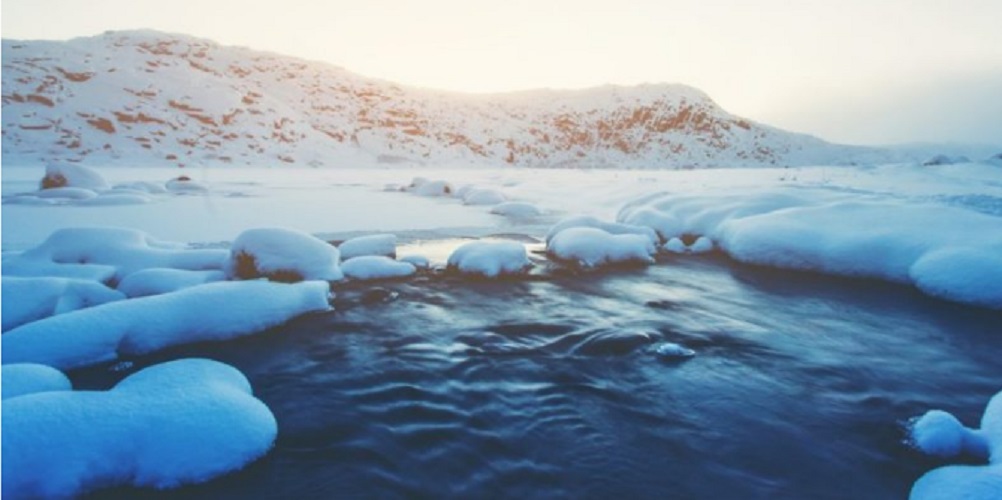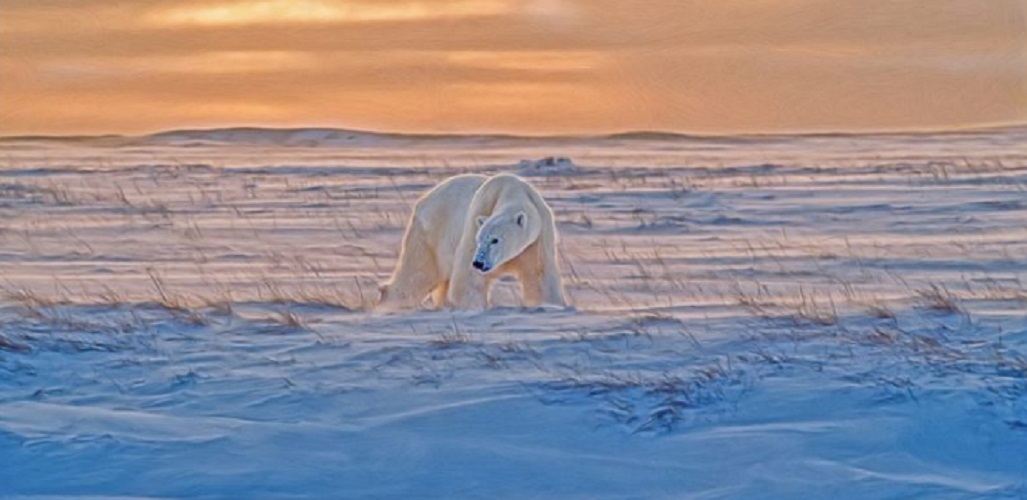What is the tundra?
We explain what the tundra is, what kind of climates it has and the animals that live there. In addition, how is its flora and the types of tundra there are.
-
What is the tundra?
The tundra is a set of ecosystems or biome that is characterized by presenting an icy subsoil and lack of vegetation of natural trees (those found in the tundra have been sown artificially by the action of man). In fact, its name means ” plain without trees .”
It is the coldest biome on the planet , so it is not curious that it is found in areas near the poles. Consequently, the landscape is characteristic and distinctive since it is covered by a layer of snow that covers both the ground and the mountains that there may be in this climate.
The tundra occupies about one fifth of the earth’s surface and is mostly in the northern hemisphere covering the area of Alaska, Iceland, Siberia, southern Greenland, the northern part of Russia, Scandinavia, northern Canada and the Antarctica, summit areas between Chile and Argentina and several sub-Antarctic islands.
Because it is a set of ecosystems, there are different types of tundra whose landscape, vegetation and animals vary considerably from one tundra to another. Thus, three types of tundra can be distinguished: Arctic, alpine and Antarctic tundra .
-
Tundra Climate

The tundra has no more than two seasons a year, with winter being longer than summer (due to the location where they are found). Their temperatures are cold throughout the year (which generates permafrost, that is to say permanently frozen ground) and can reach an average of 5º C in the warm months and cold months below -20º C. However, in Summer the thermal amplitude can be between 15º C and up to 20º C (although the temperature varies from one type of tundra to another).
It is characterized by an extremely cold climate , very strong winds and low rainfall . Although its rainfall is low (between 500 and 1000 mm of annual rainfall), it is not a dry climate due to the low temperatures of the territorial areas where this biome is found. This, in combination with its frozen subsoil, produces a type of wet biome. On the other hand, it is important to mention that the type of tundra soil is generally low in nutrients.
-
Tundra animals
Due to the type of weather, tundra animals have developed an adaptation to the cold and harsh climate , so they have layers of fat under the skin, thick hair, short hair.
It is common that many animals of the tundra have white fur to blend in with the snow or ice of the soil of this biome. In addition, it is common to find animals with short legs and small ears. This is so that the least amount of skin is exposed to low temperatures.
The most common tundra animals are: white hare, wolf, arctic fox, polar bear, reindeer, ox, sea lions and seals.
-
Tundra Flora

Due to its strong winds, the vegetation of the tundra is of simple structure and mostly low.
In many parts of the tundra, the soil is covered with moss, lichens, cypresses and ericaceae . In addition, it is possible to find many swampy areas. Some tundras may have Arctic willows.
Although high vegetation is scarce or nil, it does have vegetation with flowers; around 400 species of vegetation, among which liverworts and flowering grasses stand out.
-
Arctic tundra
It is located in the northern hemisphere, in much of Canada and Alaska beneath the Arctic ice sheets. Particularly the Arctic tundra has temperatures sometimes below -70º so it is not common for trees to be found but it is possible to see a variety of mosses, grasses, plants and flowers.
Faced with very low temperatures, the plants grow side by side and are low in height for their own protection from the winds.
When summer arrives, the weather can exceed the freezing temperature (0º C), so the soil begins to thaw.
In the Arctic tundra it is possible to find more animals because the richness of the soil is greater than that of the alpine tundra. In addition, the height of this tundra has less oxygen in the air , which also hinders the proliferation of the fauna of the place.
-
Alpine Tundra
They are located in the mountains of any part of the Earth and is also called Taiga . Due to the inclination of the mountain where the alpine tundra is found, it has a good drainage so that the subsoil is not frozen , unlike the Arctic tundra.
Here the temperatures range between 5º C and 7º C in summer and -40º C in winter.
-
Antarctic tundra
This biome is found only in the South Georgia, the South Sandwich Islands and the Antarctic Peninsula. There, you can find lichens, liver plants, species of terrestrial and aquatic algae . Specifically, two types of plants can be found: Antarctic grass and Antarctic caterpillar.
Unlike the Arctic tundra, there is a lack of mammals here . This is due to the fact that said continent and islands are far from the rest of the continents.





